Czech car maker Skoda on Wednesday entered the competitive sub-four meter compact SUV market, unveiling the Kylaq SUV. Skoda Auto India’s brand director Petr Janeba is hopeful that the company can triple its share in the market from 1 per cent to 3 per cent with this launch. In an interview with THE WEEK, he also shared the company’s network expansion plans and the roadmap to bring electric vehicles in the country.
Q. Skoda is entering one of the hottest segments in India with the Kylaq. How is this going to drive Skoda and the overall Volkswagen group’s ambitions in India?
We are finally coming to the segment, which is already, first, the number one segment in India; second, very much crowded; and third still the most growing segment because everybody wants to be there. Overall sub-four meter segment is over 60 per cent. So, it is a bigger part of the Indian market and we were not there. We were there in the past with Fabia But it was always a European parts and components car, which never can be really competitive.
Looking for the products, which competitors are offering, I have to say everybody does its best, and the pricing is a key issue. That’s why we have developed something what we think can resonate with the customer as a great value proposition in terms of product and very aggressive and fitting pricing. The last mile to go is the cost of ownership story. You know, a lot of cars, which are on the road and we have more than 300,000 cars on the road, are still parts and components cars, 100 per cent European cars. So a lot of customers are still experiencing this pattern of slightly more expensive after sales than they were expecting. But it’s definitely not the case of Kylaq.
We will start the booking on 2nd December, when the full prices will be revealed. Together with the prices we will launch a very aggressive offer, which will underline our state of the art cost of ownership for the first 33,333 potential new Kylaq buyers.
Q. You rightly mentioned that it’s a very crowded segment you are entering at this point in time. How are you going to differentiate with this product in the market?
We are taking the higher segment platform and bringing it to the sub-four meter segment. It’s a win-win scenario, because by increasing our production capacity in Chakan plant (near Pune) to 2.50 lakh, we can as well increase our scale on MQB 37 (platform) and the 1.0 litre turbocharged engine, which is localised here. We have 76 per cent on Kylaq currently localized and we are determined to do even more. So, it’s a win-win situation even for Kushaq and Slavia. What will improve as well is the cost position and as well a potential price positioning of the higher segment cars, and at the same time it will contribute to another TCO (total cost of ownership) value proposition with a low spare parts value in future.
Kylaq is the biggest car in the segment. So we really tried to use every single millimeter from an inherited platform to have a nice looking car from outside and giving the best possible space inside, especially in the rear seats, in combination with the highest boot space. A lot of people now in crowded cities need safe cars, robust cars. They need a good visibility from the car like SUV is giving and it’s an outstanding looking car in terms of design. But, at the end of the day when you are parking, you want a very compact car and this car is finally bringing all of these things.
Currently, we need to increase our number of touch points all across India, to even embrace the tier three cities. We are committed to increase the touch points from currently 260 to over 350 in next eight months.
Q. What kind of volume growth are you expecting with the Kylaq being launched in the market?
With Slavia Kushaq and Kodiaq, we are having cars in the segments, which represent potentially 27 per cent of new car buyers in India. So we are roughly covering one quarter of all new car buyers in India with our current product portfolio.
Kylaq coming in as a fourth car in our Skoda family will increase this target audience from 27 to over 60 per cent. This is more than doubling, nearly tripling. Knowing currently our market share is around 1 per cent, our ambition should not be lower than 3 per cent; tripling the market share within a year.
We have officially communicated target to reach one lakh unit sales in 2026. Everybody wants to cross the milestone of one lakh as soon as possible. We cannot guarantee it’s going to happen immediately in 2025, but if the customer feedback for this car is overwhelming, what we expect to be, then it can even happen next year.
Off late, we have been hearing a lot about sales slowing across the industry. How has the festive season panned out for you in terms of the overall demand and how do you see things panning out?
The last week of October was crazy. All around India, more than 150,000 cars were sold or delivered to customers, which was not expected till the middle of the month. So, it has changed during the month so fast. Whether it was demand which was postponed from July, August and even September
and everybody was waiting for the festive season to get the best deal? I don’t know. But finally it has happened. A lot of people believe that because of the great offers after Dhanteras to Diwali, there was preponing by customers from November to October.
November-end will show us if there was preponment, and if the market is not recovering, then we will now be in this consolidation phase. But, there are a lot of new products coming and new products always make people enthusiastic about buying something new. It will definitely spark some more demand. I do believe there is still a high growth potential in India. Whether it’s on the level of 5 or 10 per cent per year, it’s a little too early.
How are you looking at the EV front? You had announced plans earlier to bring Enyaq…
One of the most successful EV in Europe is our Škoda Enyaq. On October 1, we launched the Elroq. Setting this new design language standard with Elroq, Enyaq will undergo a huge facelift in March next year and this was one of the reasons why we finally decided in May this year not to bring the Enyaq now because the change within the facelift is so big that it would probably kill the car.
We brought the car in January for the Bharat Mobility Show. Now, we have decided to wait. We are thinking whether we bring Elroq or Enyaq or Enyaq coupe or all three cars. We are closely watching what is the sentiment in the segment, because all new cars, which the competitors are bringing are much better cars than the EVs, which were sold before. What is undermining the customer journey of the early adopters, because all of them are losing money, because deterioration of the residual value is so high. We think this now should mitigate a little bit.
There were a lot of expectations about EVs. It was like a trend and then people found out basically three things, charging infrastructure is difficult, the residual value topic and this anxiety of the potential run out of the battery is there and you need to really plan recharging and everything.
I think the government targets (of EVs to be) 30 per cent until 2030, is definitely too high. We will be happy if it is 15 to 17 per cent. But with all the new models of the competitors in the pipeline, Skoda will as well bring the EVs next year. How many will be still discussed.
We are preparing for a full deeply localized EV from Pune in 2027 and this cannot come like the first car. So, we need European cars coming next year, to embrace it with the dealers, with the customers on the market. But, we see most of the competitors in this price segment were not so successful. We would like to come to the market when the situation stabilizes. We are looking forward to see some EVs from Skoda in India just after the second half of next year.


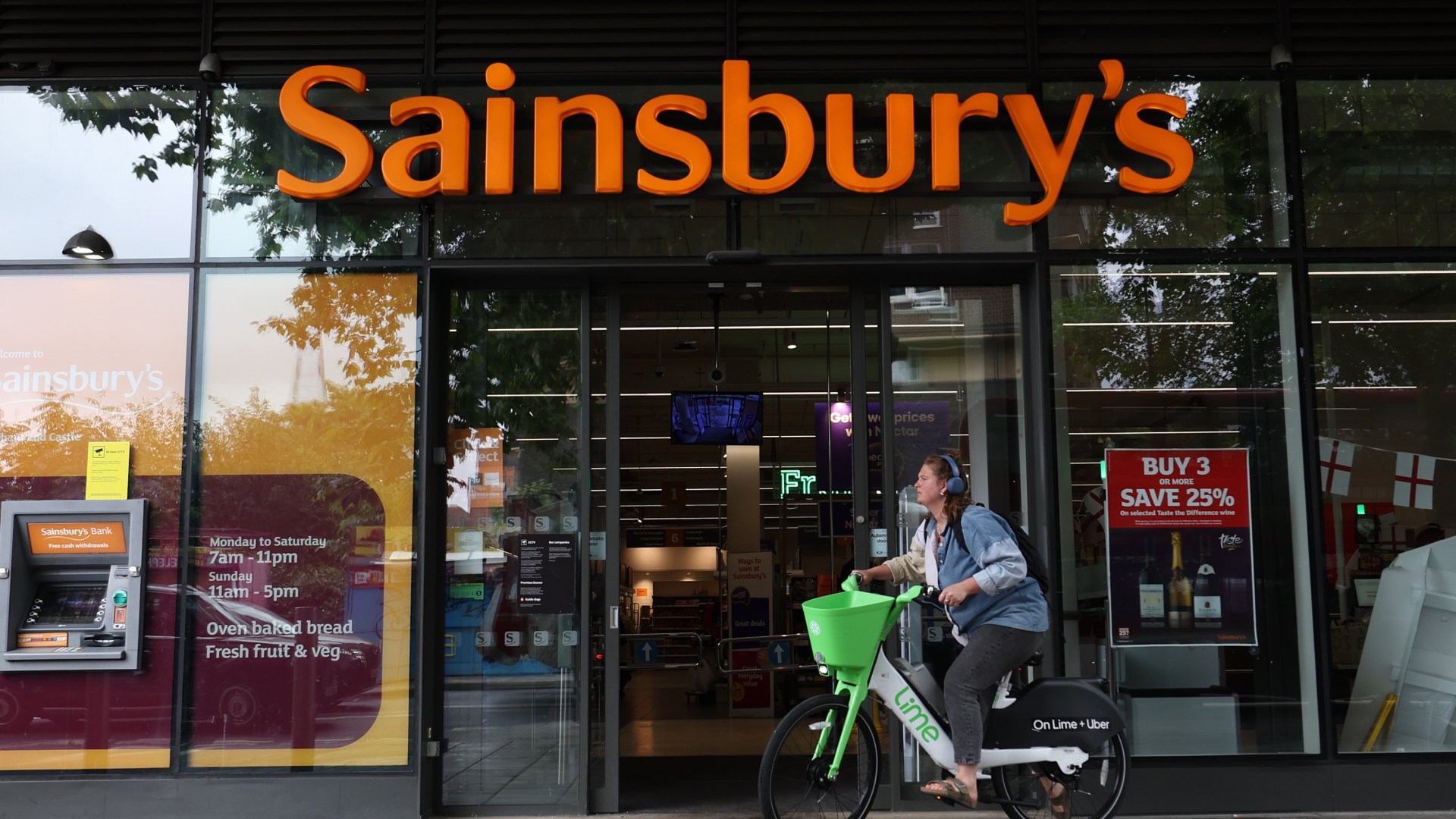


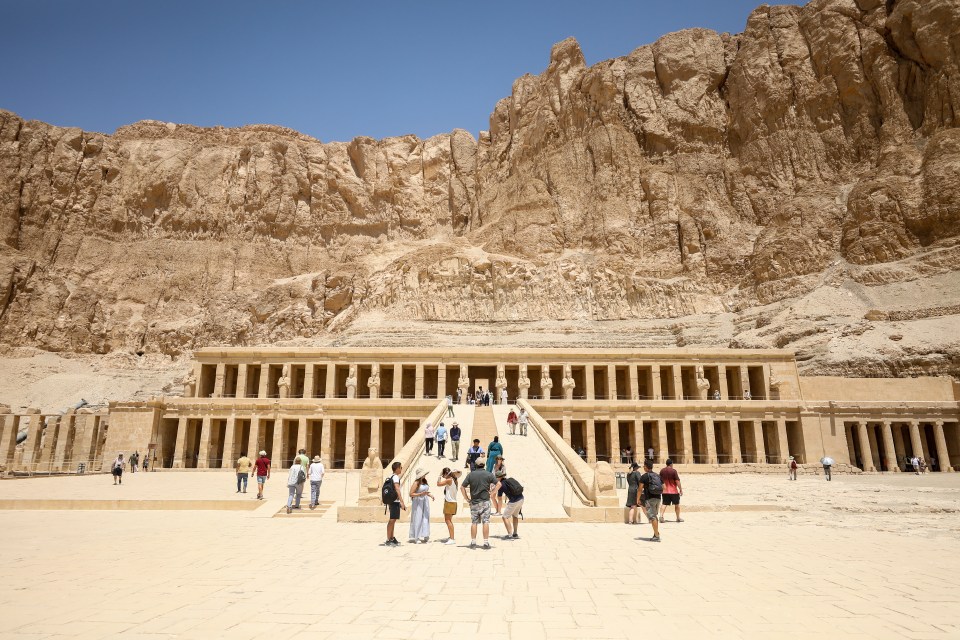
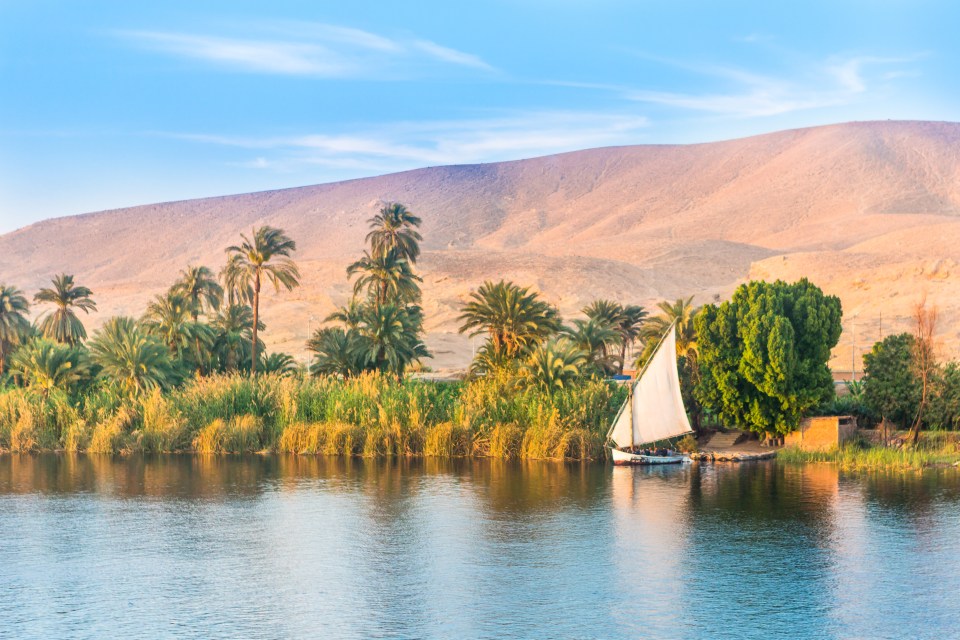
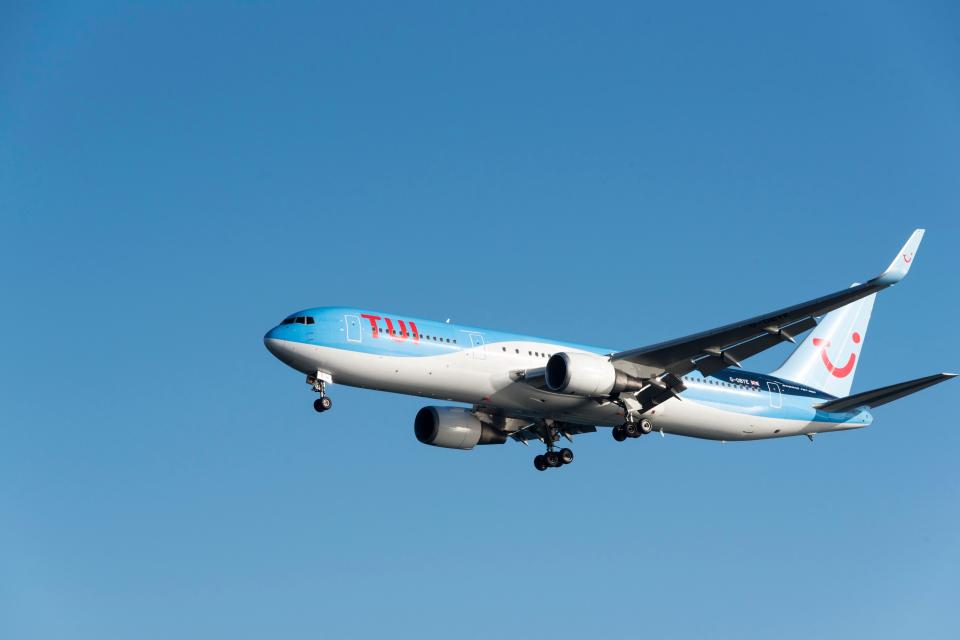
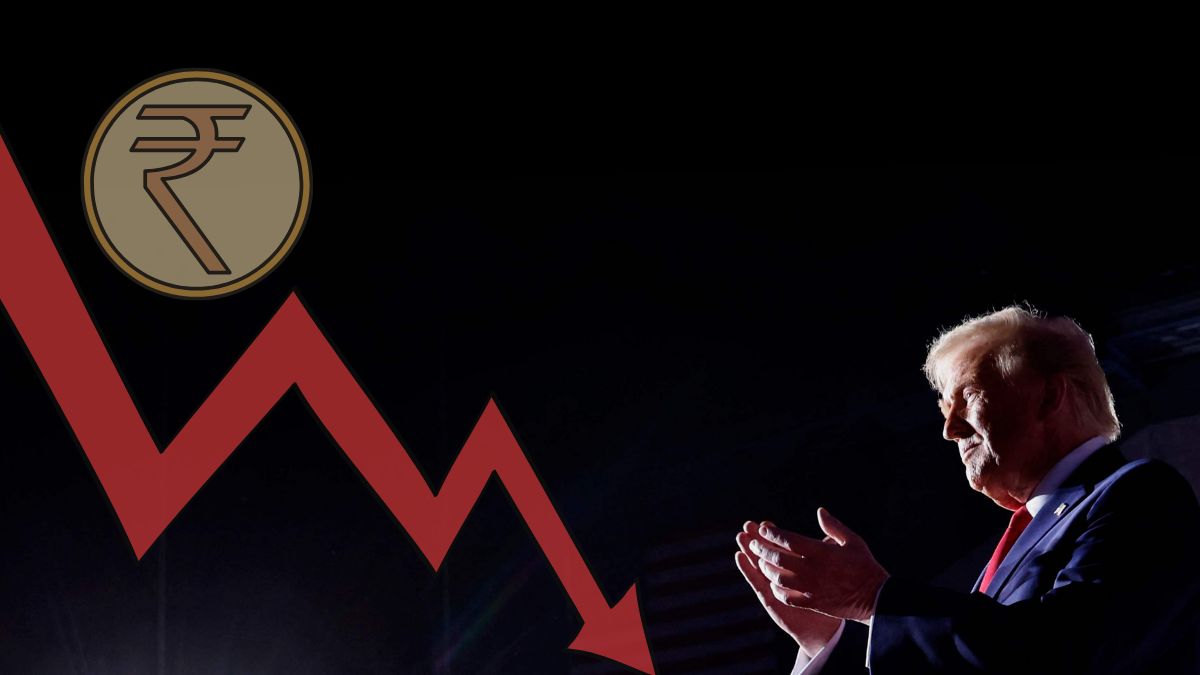































































































































































You must be logged in to post a comment Login